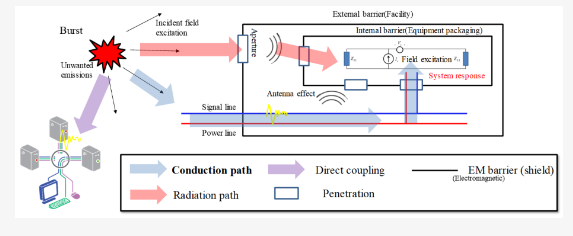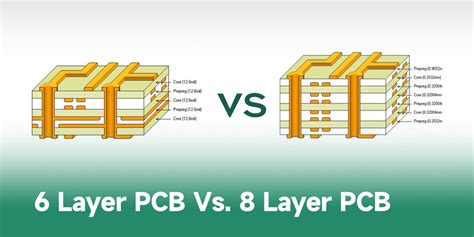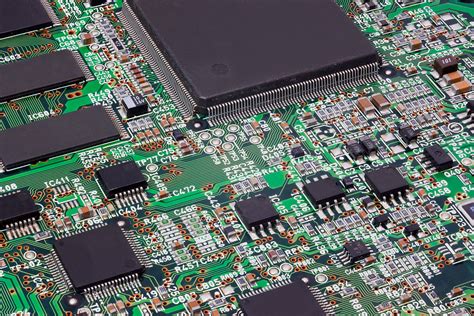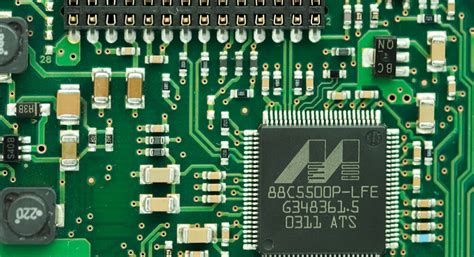The Evolution and Impact of PCB Printers in Modern Electronics
Introduction
Printed Circuit Boards (PCBs) are the backbone of modern electronics, serving as the foundation upon which electronic components are mounted and interconnected. The traditional process of manufacturing PCBs involves multiple steps, including design, etching, drilling, and soldering, which can be time-consuming and require specialized equipment. However, the advent of PCB printers has revolutionized this process, offering a more streamlined, efficient, and accessible method for creating PCBs. This article explores the evolution, technology, applications, and future prospects of PCB printers, highlighting their significance in the electronics industry.
The Evolution of PCB Printers
The concept of PCB printing is not entirely new. Early attempts at creating PCBs involved manual methods, such as hand-drawing circuits on copper-clad boards and using chemical etching to remove excess copper. As technology advanced, photolithography became the standard method, where a photomask is used to transfer the circuit pattern onto the board. However, these methods were labor-intensive and required significant expertise.
The development of PCB printers marked a significant shift in PCB manufacturing. The first PCB printers were essentially modified inkjet printers that used conductive ink to print circuit traces directly onto a substrate. These early printers were limited in terms of resolution and conductivity, but they laid the groundwork for more advanced technologies.
Over the years, PCB printers have evolved to incorporate various printing technologies, including inkjet, aerosol jet, and direct-write systems. These advancements have improved the resolution, conductivity, and versatility of PCB printers, making them suitable for a wide range of applications.

Technology Behind PCB Printers
Modern PCB printers utilize a variety of technologies to create high-quality circuit boards. The most common types of PCB printers include:
- Inkjet PCB Printers: These printers use conductive ink, typically containing silver or copper nanoparticles, to print circuit traces directly onto a substrate. Inkjet printers are known for their high resolution and ability to print on flexible materials, making them ideal for prototyping and low-volume production.
- Aerosol Jet Printers: Aerosol jet printing is a more advanced technology that uses a focused stream of aerosolized conductive ink to create fine circuit traces. This method offers higher resolution and better conductivity than traditional inkjet printing, making it suitable for more complex and high-performance applications.
- Direct-Write Systems: Direct-write systems use a combination of laser and deposition technologies to create circuit traces. These systems offer the highest resolution and precision, allowing for the creation of intricate circuit patterns with minimal waste. Direct-write systems are often used in high-end applications, such as aerospace and medical devices.
- Hybrid PCB Printers: Some PCB printers combine multiple technologies to offer the best of both worlds. For example, a hybrid printer might use inkjet printing for the initial circuit layout and aerosol jet printing for fine details and high-conductivity traces.
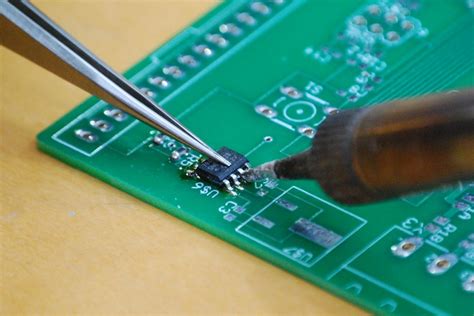
Applications of PCB Printers
PCB printers have found applications in a wide range of industries, from consumer electronics to aerospace. Some of the key applications include:
- Prototyping: PCB printers are widely used for rapid prototyping, allowing engineers to quickly create and test circuit designs without the need for expensive and time-consuming traditional manufacturing processes. This accelerates the development cycle and enables faster iteration.
- Custom Electronics: PCB printers enable the creation of custom electronics tailored to specific needs. This is particularly useful for small-scale production runs, where traditional manufacturing methods would be cost-prohibitive.
- Flexible Electronics: The ability to print circuits on flexible substrates has opened up new possibilities for wearable electronics, flexible displays, and other innovative applications. PCB printers are essential for creating the intricate circuits needed for these devices.
- Education and Research: PCB printers are increasingly being used in educational institutions and research labs to teach students about electronics and to develop new technologies. The accessibility and ease of use of PCB printers make them an invaluable tool for learning and experimentation.
- Aerospace and Defense: The high precision and reliability of advanced PCB printers make them suitable for aerospace and defense applications, where performance and durability are critical. PCB printers are used to create complex circuits for satellites, drones, and other high-tech equipment.
- Medical Devices: PCB printers are also used in the medical industry to create circuits for devices such as pacemakers, imaging equipment, and diagnostic tools. The ability to print circuits on biocompatible materials is particularly important for medical applications.
Advantages of PCB Printers
The adoption of PCB printers offers several advantages over traditional PCB manufacturing methods:
- Speed: PCB printers can produce circuit boards in a matter of hours, compared to days or weeks for traditional methods. This is particularly beneficial for prototyping and small-scale production.
- Cost-Effectiveness: PCB printers eliminate the need for expensive tooling and setup costs associated with traditional manufacturing. This makes them a cost-effective solution for low-volume production and custom electronics.
- Flexibility: PCB printers can print on a wide range of substrates, including flexible materials, which opens up new possibilities for innovative designs and applications.
- Accessibility: PCB printers are relatively easy to use and do not require specialized training or expertise. This makes them accessible to a wider range of users, including hobbyists, educators, and small businesses.
- Sustainability: PCB printers generate less waste compared to traditional methods, as they only deposit material where it is needed. This makes them a more environmentally friendly option for PCB manufacturing.
Challenges and Limitations
Despite their many advantages, PCB printers are not without challenges and limitations:
- Material Limitations: The conductive inks used in PCB printers may not offer the same level of conductivity as traditional copper traces. This can limit the performance of printed circuits, particularly in high-frequency or high-power applications.
- Resolution: While PCB printers have improved significantly in terms of resolution, they may still struggle to achieve the fine details required for some advanced applications. This is particularly true for inkjet printers, which may have limitations in terms of minimum trace width and spacing.
- Durability: Printed circuits may not be as durable as those created using traditional methods, particularly in harsh environments. This can be a concern for applications in aerospace, automotive, and industrial settings.
- Cost of Materials: The conductive inks and other materials used in PCB printing can be expensive, particularly for high-performance applications. This can offset some of the cost savings associated with PCB printers.
- Scalability: While PCB printers are ideal for prototyping and small-scale production, they may not be suitable for large-scale manufacturing. Traditional methods, such as photolithography, are still more cost-effective for high-volume production.

Future Prospects
The future of PCB printers looks promising, with ongoing advancements in technology and materials expected to address many of the current limitations. Some of the key trends and developments to watch include:
- Improved Materials: Researchers are continually developing new conductive inks with higher conductivity, better adhesion, and improved durability. These advancements will enable PCB printers to produce circuits that rival those created using traditional methods.
- Higher Resolution: Advances in printing technology, such as the development of finer nozzles and more precise deposition methods, will allow PCB printers to achieve higher resolution and finer details. This will open up new possibilities for advanced applications, such as high-density interconnects and microelectronics.
- Integration with Other Technologies: PCB printers are increasingly being integrated with other manufacturing technologies, such as 3D printing and robotic assembly. This will enable the creation of fully integrated electronic devices, where circuits are printed directly onto 3D-printed structures.
- Automation: The development of automated PCB printing systems will further streamline the manufacturing process, reducing the need for manual intervention and increasing production speed. This will make PCB printers more suitable for medium-scale production and reduce the cost per unit.
- Sustainability: As the demand for sustainable manufacturing practices grows, PCB printers will play a key role in reducing waste and energy consumption. The development of eco-friendly conductive inks and recyclable substrates will further enhance the sustainability of PCB printing.
Conclusion
PCB printers have come a long way since their inception, evolving from simple inkjet-based systems to sophisticated direct-write and hybrid printers. They have revolutionized the way PCBs are manufactured, offering a faster, more cost-effective, and flexible alternative to traditional methods. While there are still challenges to overcome, ongoing advancements in technology and materials are expected to further enhance the capabilities of PCB printers, making them an indispensable tool in the electronics industry.
As the demand for custom, flexible, and high-performance electronics continues to grow, PCB printers will play an increasingly important role in enabling innovation and driving the development of new technologies. Whether in prototyping, education, or high-end applications, PCB printers are poised to shape the future of electronics manufacturing.


